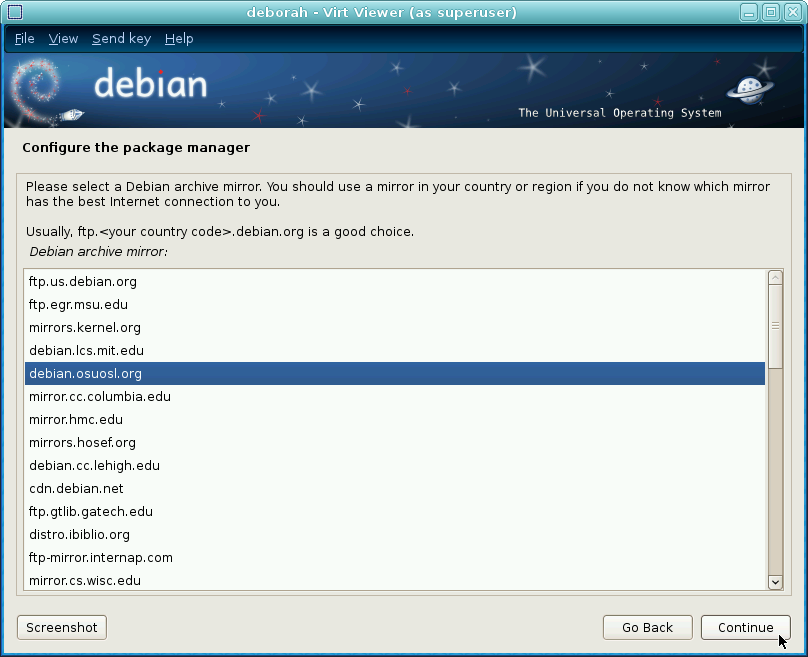
- BALENAETCHER DEBIAN INSTALL HOW TO
- BALENAETCHER DEBIAN INSTALL DOWNLOAD ZIP
- BALENAETCHER DEBIAN INSTALL INSTALL
- BALENAETCHER DEBIAN INSTALL FULL
Write the image file to the micro-SD card with Balena Etcher In case Balena Etcher doesn’t start, have a look at this fix.
BALENAETCHER DEBIAN INSTALL INSTALL
Since my PC runs Debian, I ran the following commands from the terminal to install Balena Etcher: Install Balena EtcherĪssuming that you didn’t yet install the Balena Etcher program, head over to the developer’s GitHub project for detailed installation instructions. Refer to this tutorial for more info on using the dd program for this purpose. Alternatively, you could use the dd program to perform the same task in the terminal. You can run Balena Etcher in Linux, Windows and macOS. As a next step, we store this image file on the micro-SD card.ĭuring this tutorial, we’ll use the Balena Etcher program for conveniently writing the image file to the micro-SD card. Store the image file on the micro-SD cardĪt this point you downloaded the Lite edition of the Raspberry PI operating system. On my PC the ZIP-file is called -raspios-buster-armhf-lite.zip and is located in directory /home/pragmalin/Downloads.Ĭontinue with the next section where we’ll store the downloaded Raspberry PI Lite operating system on the micro-SD card. Once downloaded, open up your terminal in the directory that holds the ZIP-file.
BALENAETCHER DEBIAN INSTALL DOWNLOAD ZIP
Next, click the Download ZIP button for Raspberry Pi OS (32-bit) Lite: Point your browser to the download page on the Raspberry PI website. To kick off the hands-on approach in this article, let’s start with downloading the Raspberry PI Lite operating system. Download the Raspberry PI Lite operating system You can find the headless installation instructions in a different tutorial. Such an installation procedure is called a headless install. Note that if no extra USB keyboard and TV or monitor are available, you can still install a minimal version of the Raspberry PI operating system. My PC runs Debian Buster with the Gnome desktop environment, which I’ll use throughout the explanations in this article. It doesn’t really matter what operating system you run on your PC. You need the PC for downloading the Raspberry PI Lite operating system and writing it to the micro-SD card.

Afterwards you decide on what you want to install and how you want to configure it. You want to learn more about setting up a Linux system by installing everything manually one step at a time.Īfter you install a minimal version of the Raspberry PI operating system, you start with a clean slate.For example XFCE, LXQt, Mate, Gnome or KDE. You plan on installing a desktop environment other than the Pixel desktop environment.For example a SAMBA server that acts as a network attached storage (NAS) device. You plan on running your Raspberry PI as a server.Why would you want this? I can think of a couple of reasons:
BALENAETCHER DEBIAN INSTALL HOW TO
This article shows you step-by-step how to install the Lite edition, so a minimal Raspberry PI operating system.

BALENAETCHER DEBIAN INSTALL FULL

The first task for getting your Raspberry PI up-and-running is the installation of the Raspberry PI operating system. This way you start with a clean slate, which you can afterwards custom tailor to your needs. Do you plan on running your Raspberry PI as a server? Perhaps you prefer to skip the Pixel desktop environment installation and install a different desktop environment instead? In these cases it makes sense to start with a minimal install of the Raspberry PI operating system.


 0 kommentar(er)
0 kommentar(er)
